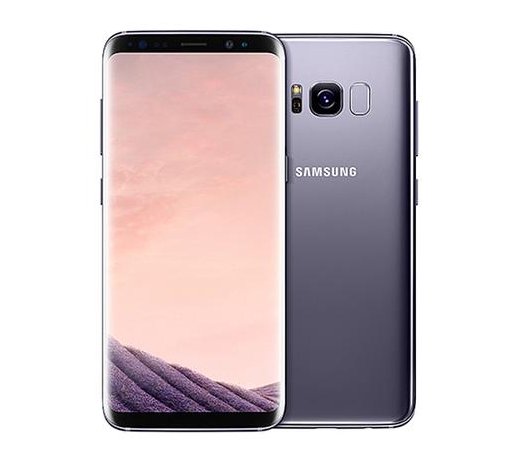Couple of days back, Samsung has launched much anticipated its flagship smartphones Galaxy S8 and Galaxy S8 Plus in India. With all new design and large display screen, there are many more features which makes it one of the strong contender for best flagship smartphone of the year 2017. Here are Samsung Galaxy S8 top 5 features according to us.
You may like to read:
How to clear cache in Galaxy S8
Samsung Galaxy S8 Top 5 features
1.Design of Samsung Galaxy S8
Biggest change in the Galaxy S8 and Galaxy S8 Plus is it is design. Samsung Galaxy smartphone signature Home button is no longer exists. Fingerprint scanner is moved to the backside of the device. Bezels around the display reduced to accommodate large screen in compact form factor. The front and back is made up glass which has Corning Gorilla Glass 5 for protection. All these makes Galaxy S8 and Galaxy S8 Plus standout from the other smartphone.
2. Infinity Display Screen
Samsung Galaxy S8 comes with 5.7 inch and Galaxy S8 Plus has 6.2 inch screen. Both smartphones has resolution of Quad HD+(1440×2960) pixels. High Dynamic Range(HDR) and Snap Window features and aspect ratio of 18.5:9 looks impressive.
3.Samsung DeX
Both Samsung Galaxy S8 and Galaxy S8 Plus comes with a optional accessory called Samsung DeX. It is a mobile to PC transition tool which can turn the device into Android based desktop when connected to a monitor.
4.Dual Pixel technology Camera
Samsung Galaxy S7 is considered as one of the best camera smartphone. Galaxy S8 and Galaxy S8 Plus with new optics, said to improve further. The front facing camera with facial recognition technology which recognise and track faces to provide focussed selfies. The new camera app provides wide variety of filters, animated stcikers and stamps.
5. Performance
US variant of Galaxy S8 and Galaxy S8 plus comes with Snapdragon 835 SoC(2.35GHz quad-core + 1.7GHz quad-core). The smartphones launched in India are powered by Exynos 8895 SoC with an octa-core processor (2.35GHz quad-core + 1.9GHz quad-core). These 10nm processors is said to be Gigabit LTE and Gigabit Wi-Fi ready with support for download speeds up to 1Gbps.
These are top 5 features of Samsung Galaxy S8 according to us. There are many more features such as Dual sim support, Samsung pay, Bixby(Virtual Assistance) etc. It comes preloaded with Google assistance as well. We will be making a detailed review on Galaxy S8 in the coming days to know the practical aspects of these features.




